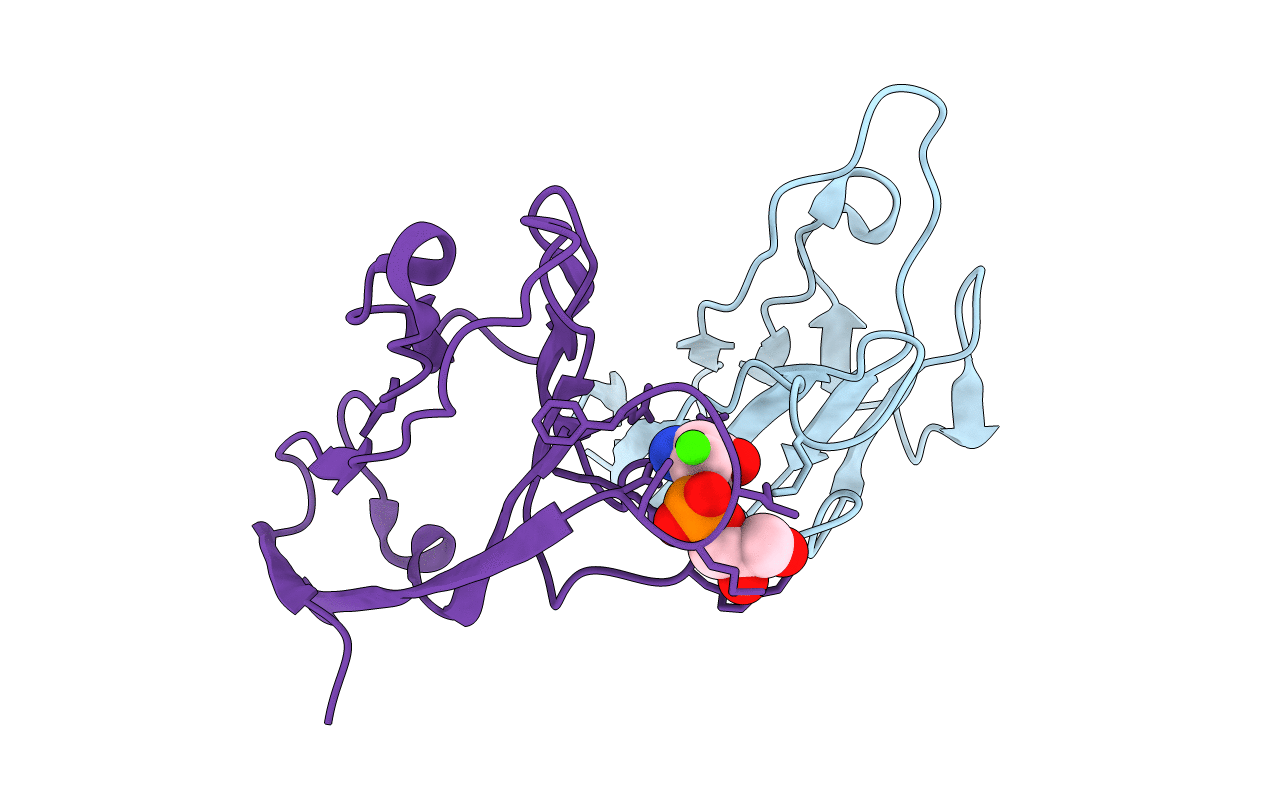
Deposition Date
2009-10-19
Release Date
2010-01-26
Last Version Date
2024-10-16
Method Details:
Experimental Method:
Resolution:
3.00 Å
R-Value Free:
0.24
R-Value Work:
0.23
R-Value Observed:
0.23
Space Group:
H 3 2


